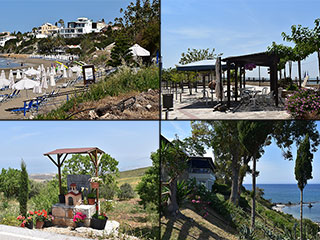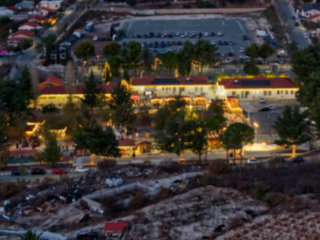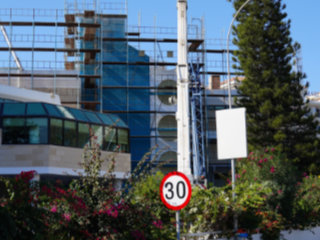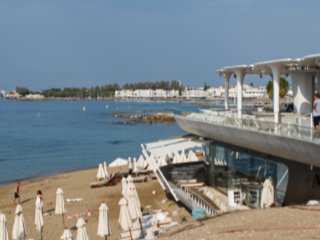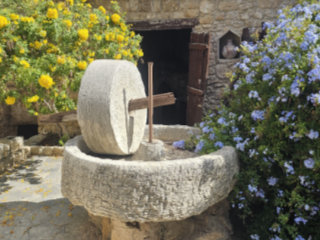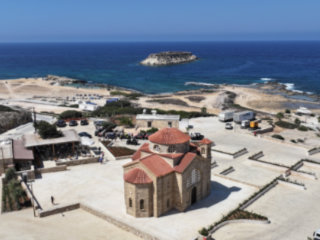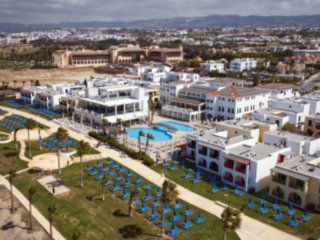Kato and Pano Kivides
Shattered Homes
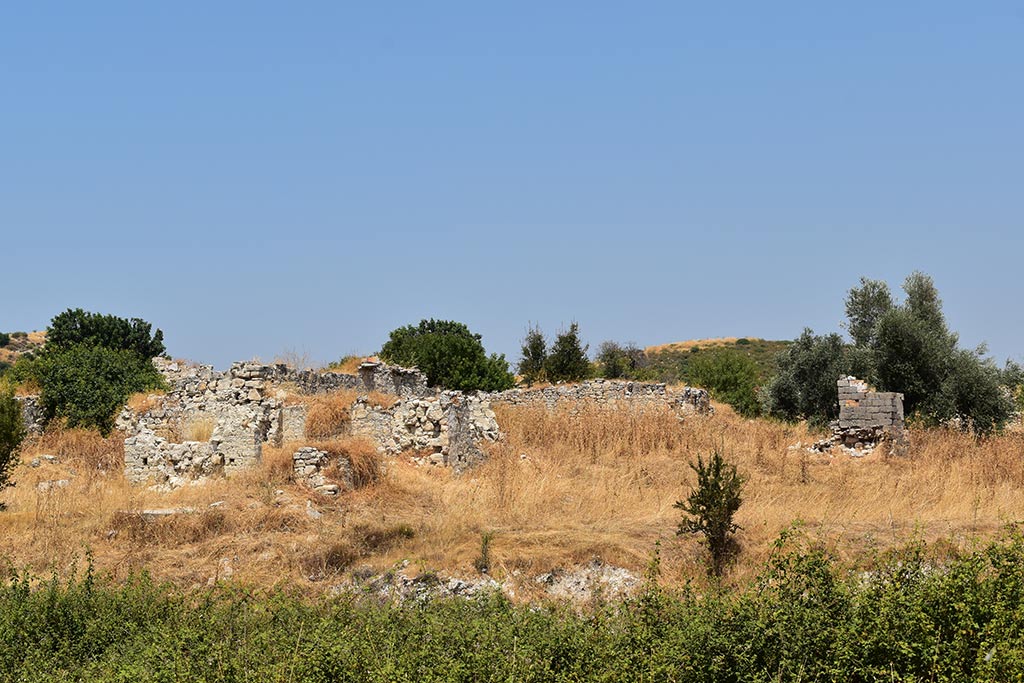
So lets have a look at the PRIO website, to see what it says:
Kato Kivides is one of the twin villages of Kato and Pano Kivides. Kato Kivides has always been inhabited by Turkish Cypriots, while Pano Kivides has always had Greek Cypriot inhabitants. It is situated in the Limassol district, on the foothills of the Troodos mountain range. Although “kivas” means “coffin” in Greek, Goodwin suggests that the village was named after a certain Quevidhes, a Frankish fief holder of the 13th century who later became the governor of Paphos. In 1958 Turkish Cypriots adopted the alternative name Alsandık, literally meaning “red wooden box.”

An Old Farm?
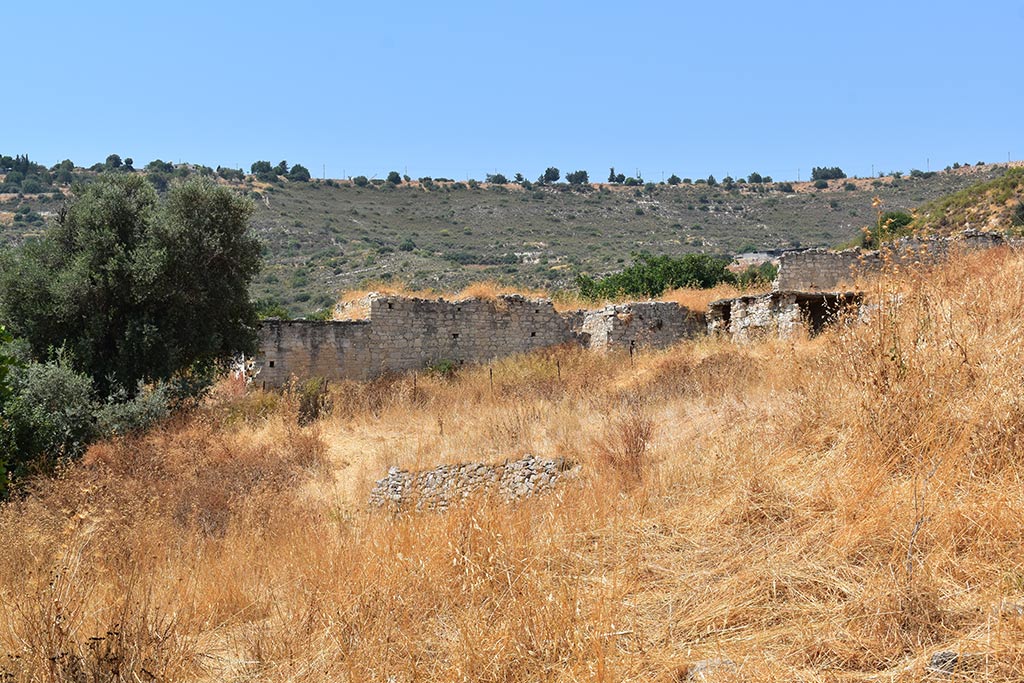
More from PRIO:
Historical Population
Kato Kivides/Aşağı Alsandık was a Turkish Cypriot village from the Ottoman period. Although at the turn of the 20th century some Greek Cypriot families had settled there, by 1921 they all had left the village. The population of the village fluctuated constantly and increased only slightly throughout the British period, rising from 106 persons in 1891 to 117 in 1960.
Displacement:
No one was displaced from this village during the 1950s emergency years. However, the village was evacuated during the intercommunal fighting of 1963-64. Most of those who fled returned to the village in 1965, and Richard Patrick recorded 95 Turkish Cypriots living in Kivides in 1971, out of 116 who had been recorded in the 1960 census. The second conflict-related displacement from Kato Kivides/Aşağı Alsandık took place after 1974, when the village’s Turkish Cypriot population fled to the other side of the divide. Although some fled clandestinely to the north, others sought refuge in the Akrotiri Base Area and stayed there until January 1975, when they were transferred to the northern part of the island. They were mainly resettled in Prastio/Aydınköy(091) village of the Morphou region. The total number of displaced Turkish Cypriots from Kato Kivides/Aşağı Alsandık can be estimated to be 140-150 (117 in the 1960 census).
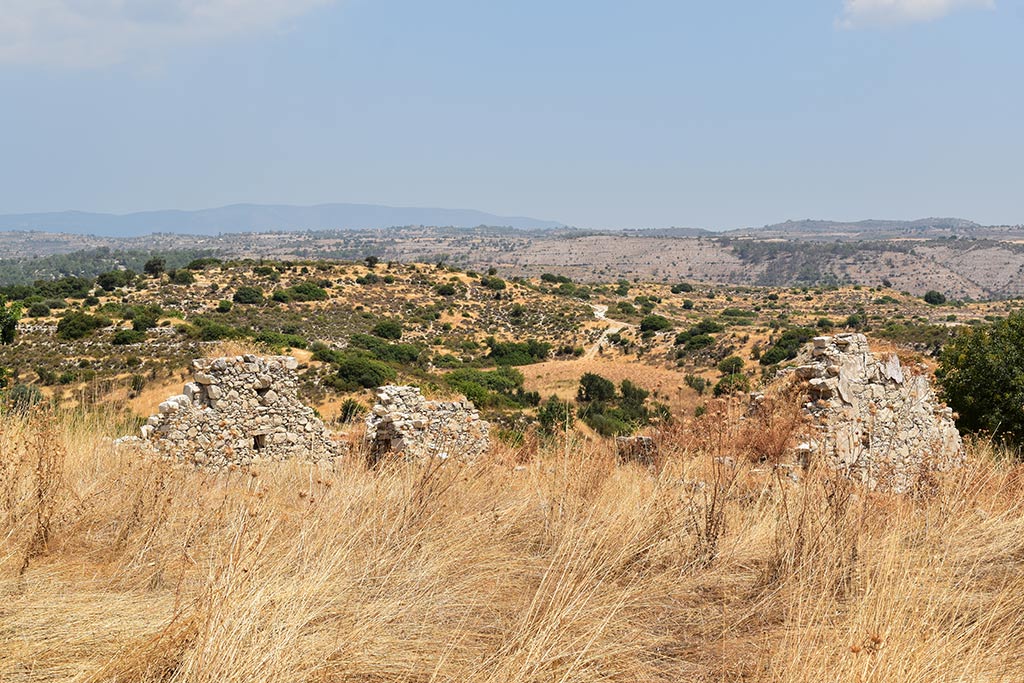
So there was a lot of intercommunal fighting around here, not just after the invasion. Now though, the village is completely in ruins.
Nature Still Blooms

The village may be in ruins, but nature is still doing her thing. We have seen quite a lot of this flower (Cuckoo Pint, or Arum Lillies) this year. Perhaps they like the wetter conditions brought on by the record-breaking winter rains?
Heavy Growth
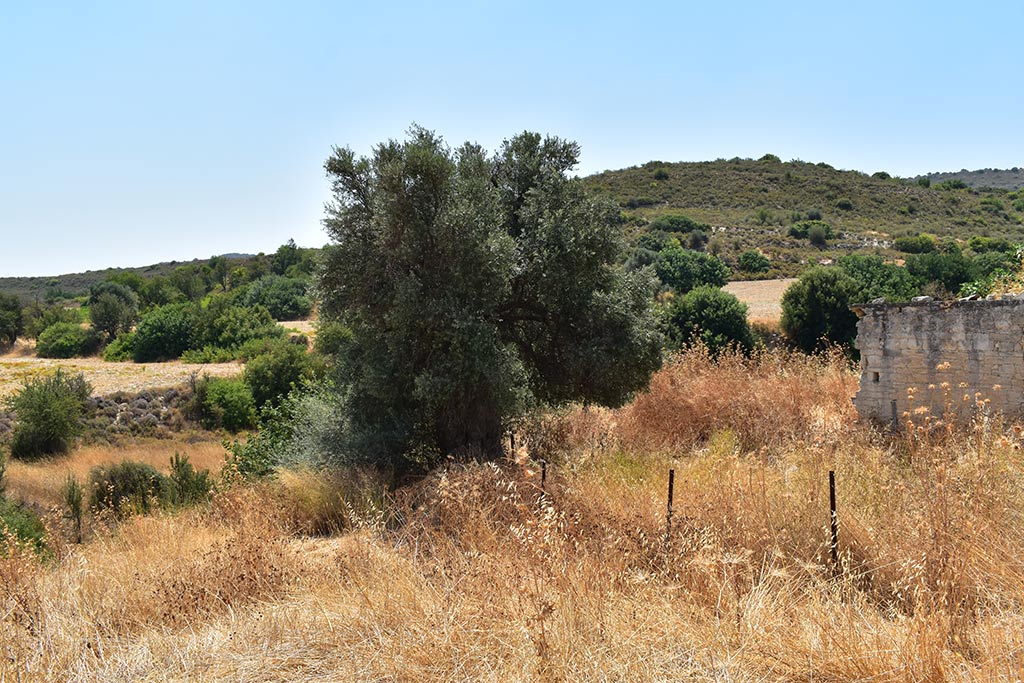
In fact, nature was doing very well indeed. Too well for much exploration. We hit the same problem here that we did in Pano Kivides. There was just too much painful undergrowth to fight through in order to get to any of the buildings.
Page 6 of 7


Related Blogs:
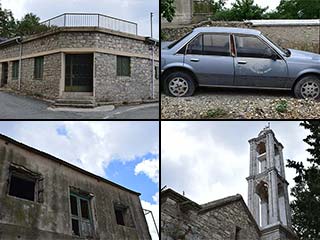
Abandoned Villages - Statos
Statos is unusual, as abandoned villages go. People deserted it not because of inter-communal fighting, but because of the threat of landslides. And then, no sooner had they emptied, some of the abandoned buildings were repopulated. Were villagers returning, or had outsiders moved in, prepared to take the risk of landslide?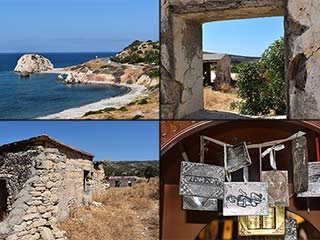
Old Paramali - Aphrodite meets Call of Duty
Fancy a trip that starts with a romantic trip to Aphrodite's Rock and ends up in a Call of Duty game? It's got to be worth a look, so let take a look at the old, abandoned village that lies on the opposite side of the motorway to Paramali.Good Pages To Visit

FB PagePaphos Life on Facebook
Like us on Facebook and stay notified of new blog posts.

FB PageOur Facebook Chat Group
Paphos Chat has been created for people who like our site and want to chat using Facebook. You can also easily upload photos of any size here. A lot of people are members of the Facebook chat group and the main forum. It's entirely up to you.

ListBlog Locations
Planning a day out? Then use our map of blog locations as a handy guide. Some of the places we visit our closer to each other than you might think, so take a look and start planning your next adventure...
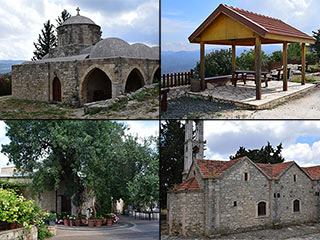
eBookCyprus Road Trip 01: the Kathikas - Panagia Loop
Let me take you on a journey around the region of Paphos, Cyprus. Starting at Paphos itself, we travel to Akoursos, then Kathikas, Kritou Terra and Simou. We continue past Lasa and Kannaviou, before taking in the delights of Panagia. Getting a bit more adventurous, we visit the abandoned villages of Statos and Agios Fotios, before passing through Choulou, Letymbou and Polemi, and rejoining the main Paphos - Polis road.
The route is suitable for all types of vehicle, and requires no off-roading. The guide contains about 130 photographs including shots of all the road signs you need to pay attention to, as well as some of the highlights you may experience along the way.
There are also several maps which will help you keep your bearings.
You can do this journey in a day, or you can break it up into chunks. You can also do it in reverse, to get some completely different views. It is entirely up to you.
